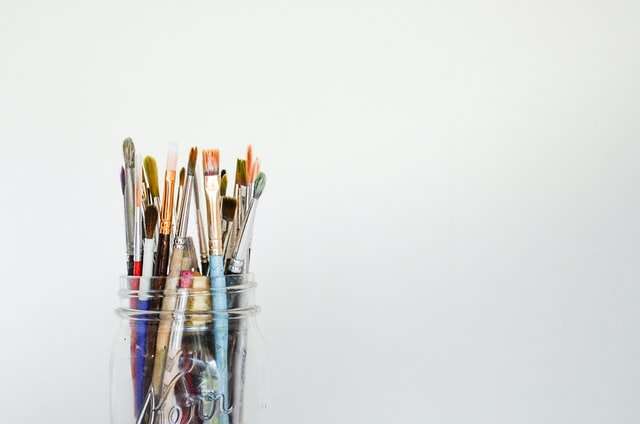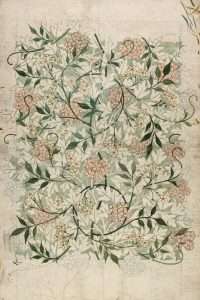Art is all around us as a means for healing. There are several ways in which art provides an opportunity for growth and change. Some of these ways include:
• Art Therapy– An individual may use art to express their feelings, emotions, and experiences. This form of therapy can be used in a group or in one-on-one sessions. It can be used with children, teens, adults, the elderly, and the disabled. The process of making art allows the individual to focus on what they are feeling and experience healing through their art.
Art therapy is used in hospital settings to help patients deal with stress and anxiety, depression, loss or trauma. It can also be used with individuals who have experienced loss due to death or divorce or experienced abuse in any form.
The goals of art therapy are not only to create beautiful art but also to provide a sense of control over ones life and environment that is often missing when going through difficult times. In addition it allows an individual the opportunity to work through their issues from an objective perspective and make connections that may not be possible through talking alone.*
• Group Art Therapy– When people come together for the purpose of creating art there is a sense of safety, trust and camaraderie that results from working together
Art is a healing force. There are very few people who cannot benefit from this healing energy, whether they are well or ill. Whether we like it or not, we all need to be healed at some time in our lives. Art can heal us when words and medication have failed.
Art can help us when we are feeling low and depressed, it can help us to make sense of our lives, to come to terms with difficult aspects of our past, to nurture our spirituality, and to encourage self-expression.
The healing power of art has been known from pre-historic times. Nowadays one of the most powerful ways that we can use art therapy is as an adjunct to conventional medicine. It complements the work of doctors, psychiatrists, psychotherapists and other health care professionals by helping patients access their own inner resources for healing.”
Art gives us the opportunity to express what we are feeling and thereby release it. This process helps us understand it better and, because we can now see it in front of us, we can decide what to do with it. There is a saying: “Art heals.” It is an ongoing process that takes time and patience.
Art therapists have a lot of skills. They know how to create a safe environment for people to express themselves. They know how to let the person choose their own medium, color and mode of expression. They help the person learn about themselves by asking questions about their art therapy experience and listening for feelings hidden in their words. They help the person make connections between their art work and events in their lives. And they help the person find ways to go forward after their art therapy experience has ended.
The power of art is that it allows self-expression on a wide variety of levels from personal feelings and emotions to psychological, social, political and religious issues.*
Art is a very powerful medium to help people suffering from traumas and other mental illnesses. There is no better way to express your feelings than through art, it can be an outlet for your feelings and emotions.
There are many uses for art therapy, as well as many different forms of art therapy. The goal of art therapy is to reduce stress and anxiety and develop self-concepts through the creative process. You can use visual arts, music and writing to achieve these goals.
Art is a great tool for healing yourself because you can express yourself in whatever way you want. The only limits are the amount of creativity and imagination that you possess. You don’t have to worry about someone else’s opinion, because it’s all about you and your unique style.
Art therapy has been and still is used in many ways, such as:
1)Teaching children how to cope with difficult situations or stressful circumstances when they are unable to express their feelings.
2)To create an artistic environment for patients in hospitals who need a distraction from pain or illness that they may be experiencing.
3)For elderly people who may be losing their memory or experiencing Alzheimer’s or dementia, this therapeutic medium brings back memories of past experiences, which then helps them relate more
“Art” can be defined as a human activity which is not only experienced subjectively but also has objective qualities. It is not just an act of making something, but also a way of perceiving something.
The goal of “art” is to bring consciousness to our experience of the world. Artists are always using symbols because symbols (and metaphors) act as a bridge between subjective and objective understanding.
When we say that someone is “imaginative” we mean that they are able to consciously perceive their own unconscious- where many psychological problems occur.
When we say that someone is “creative” we mean that they have the ability to use imagination in order to solve problems in their life and in the world around them. This is extremely useful for resolving psychological problems and for developing what Carl Rogers calls “congruence.”
Artists have always used art to heal themselves and others. The difference today is that through the use of various kinds of tools, it is possible for anyone to do this work, regardless of whether or not they are artists by profession or training.
Art therapy is the use of art making to improve mental health. It is a type of expressive therapy. The art making stimulates the artistic part of the brain, that is, the right side or non-dominant hemisphere. This also stimulates emotions and memories. As a result, it is easier to “talk” about difficult experiences in art therapy than it would be in verbal therapy.*
People with mental health issues may have difficulty communicating verbally. For example, they may be unable to put their feelings into words or they may find it difficult to trust others enough to talk about their feelings. Art therapy helps them communicate their feelings and thoughts by creating art works and talking about what they are trying to express.*
Art therapy can help people process traumatic experiences such as abuse or war, as well as more everyday problems.*
Art therapists work with children and adults who have a wide range of emotional, behavioral and physical problems.*
Art therapists use drawing, painting, clay modeling, collage, sculpture and other techniques to help clients express themselves.*
Art therapists believe that everyone has creative potential that can be enhanced by working in an art environment.*
Art therapy provides opportunities for personal expression through art making. It can help people learn how to cope more effectively with stress and gain new insights
A beautiful thing is not always an aesthetic object; the concept of the aesthetic object comes from Kant. The beautiful is always the object of an affection and always has a transcendental dimension that goes beyond the sensuous impression.
The beautiful is a surprise, it brings about an expansion of our being and creates a state of harmony within us that Kant calls “pleasure without interest”. This pleasure is not limited to sense perceptions or emotions but can be appreciated also by the intellect. The ugly, by contrast, does not allow itself to be subsumed under any rule and is therefore something negative.
The sublime is felt in front of something huge, overpowering and threatening that causes disquiet. It is related to the faculty of imagination and allows us to feel the infinity of our own existence while recognizing its limits.
Wordsworth’s poem “Tintern Abbey” shows how nature can be all three at once: a place where we find peace in the opening lines, then becomes overwhelming with fear due to overwhelming natural forces (the storm), followed by feelings of joy after experiencing nature’s healing power through art.


